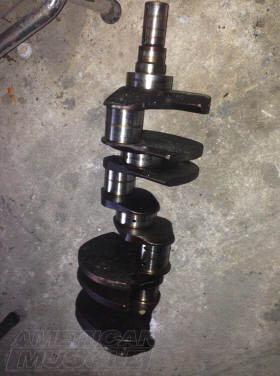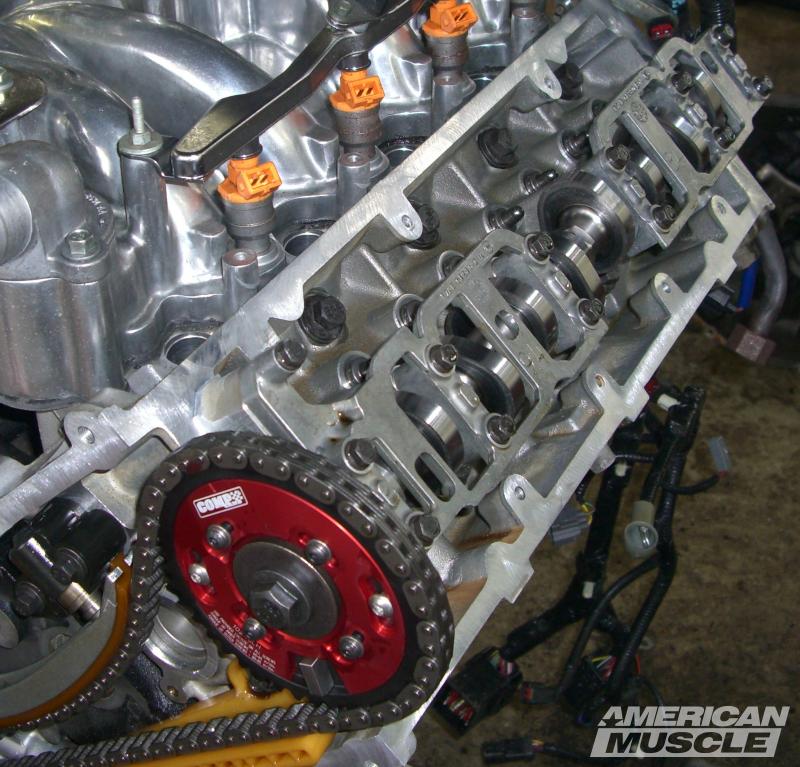Building your 1999-2004 Mustang into a street or track monster that can handle large amounts of horsepower takes the right combination of engine parts and supporting mods. This guide gives you a rundown of the parts you'll need to assemble a high-powered SN95 Mustang.
Contents
- The High Horsepower Build List in a Nutshell
- The Mustang GT's Cast-Iron Block - Overview
- The Aluminum Block & When to Upgrade the Block
- The Weak Points of the Stock 4.6L Mustang GT's Engine
- How Strong is the Stock GT Crankshaft?
- Do I Need to Replace the Main Caps and Bearings?
- Your Mustang's Connecting Rods
- What About The 1999-2004 Mustang GT's Pistons?
- What About the Electronics?
- Should I Just Get a Crate Engine For my Mustang?
- 4.6L Mustang Engine Power Limits
- How to Build the Horsepower: Forced Induction
- Unlocking Power with Camshafts
- Intakes and Exhausts to Round Out the Build
- Use a Tuner to Tie Everything Together
- In Conclusion, Don’t Skimp!
Shop '99-'04 Engine Parts
Building for power and speed means replacing your Mustang GT's engine components with parts that are durable enough to handle the added horsepower. Choose only the best for your 4.6L Mustang GT and you'll be rewarded with years of burnt rubber and low track times.


















